 ———-
———-
Hellraisers Journal – Tuesday December 7, 1920
Mingo County, West Virginia – Fred Mooney Reports on Miners’ Struggle
From the United Mine Workers Journal of December 1, 1920:
Figures About Mingo County Are Juggled
Editor The Journal-One B. C. Clarke, supposed to be a representative of the New York Herald, in its issue of Sunday, November 7, says in part, that the “strike” in Mingo county, West Virginia, has cost $24,200,000.00 and a loss in tonnage production of five million tons. We do not know what prompted Mr. Clarke to juggle figures as he did in this article, but anyone with any intelligence whatever, can readily see that the article is a gross misrepresentation of facts.
In the first instance, Mr. Clarke leaves the impression that the “strike” in Mingo county is a continuance of the Hatfield-McCoy feuds. Nothing could be further from the truth, as there is no feud in this territory now, nor has there been any marks of one for years. The economic aspect of the struggle now going on in Mingo county is a struggle of a group of crushed wage slaves who have been robbed from their birth of from 35 to 50 per cent of the wages rightfully earned by them and that portion of their wages of which they were robbed was paid out to private armies of “gunmen” to club the miners into submission.
Let us review the figures quoted by Mr. Clarke. He says that 700 miners are on “strike”, which is a fabrication manufactured of whole cloth. Let us see if the loss in tonnage production is 5,000,000 tons. The miners were locked out on July 1, 1920. Four months they have been out of employment, 26 days to each month. If every miner had worked full time, each would have had to produce in round figures, 68 tons per day; or take his total number of employees thrown out of employment, which was 3,500 and they would have had to produce 13.73 tons per day, which is impossible, as the highest average of production per employe was reached in 1918, and for that year, the average production per employe, was 4.20 tons. The average production per miner for the year of 1918 in the State of West Virginia, was 7.65 tons. This average was the highest in the history of the state.

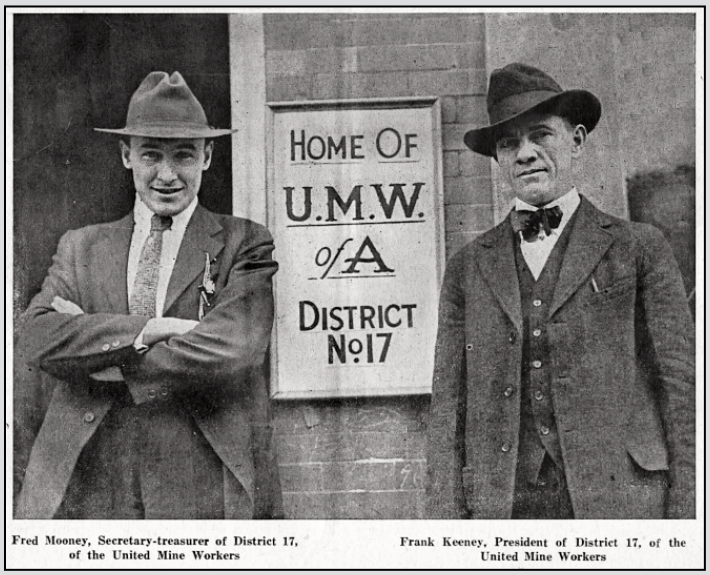
 ———-
———-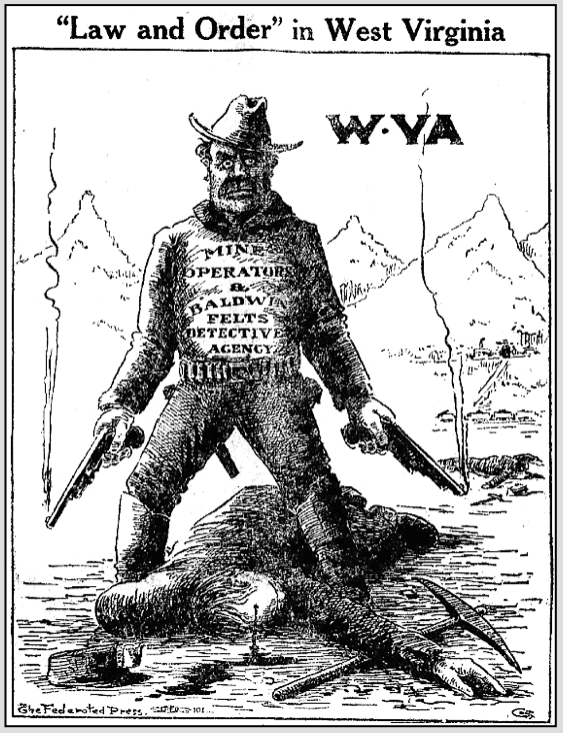
 ———-
———- ———-
———-
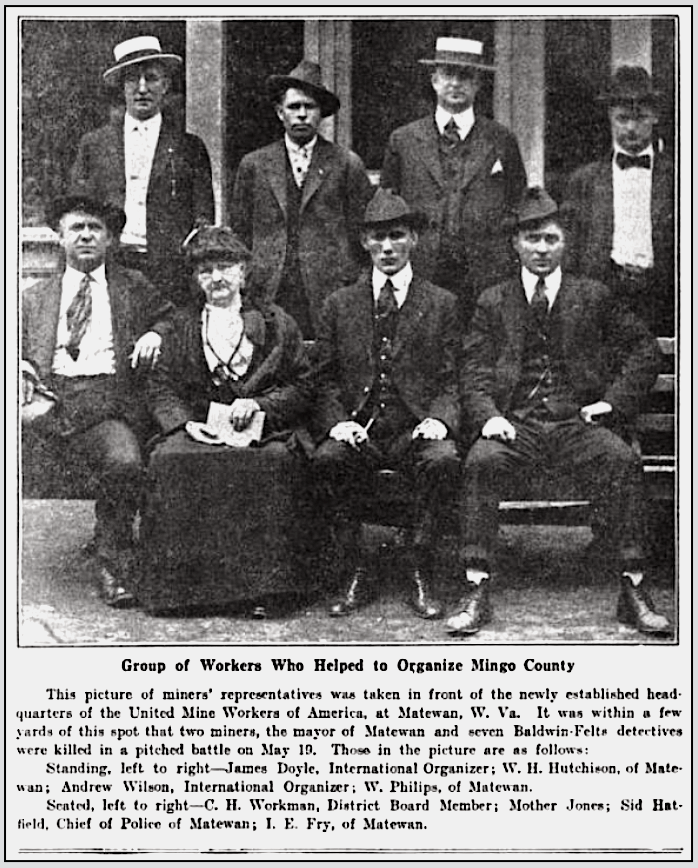
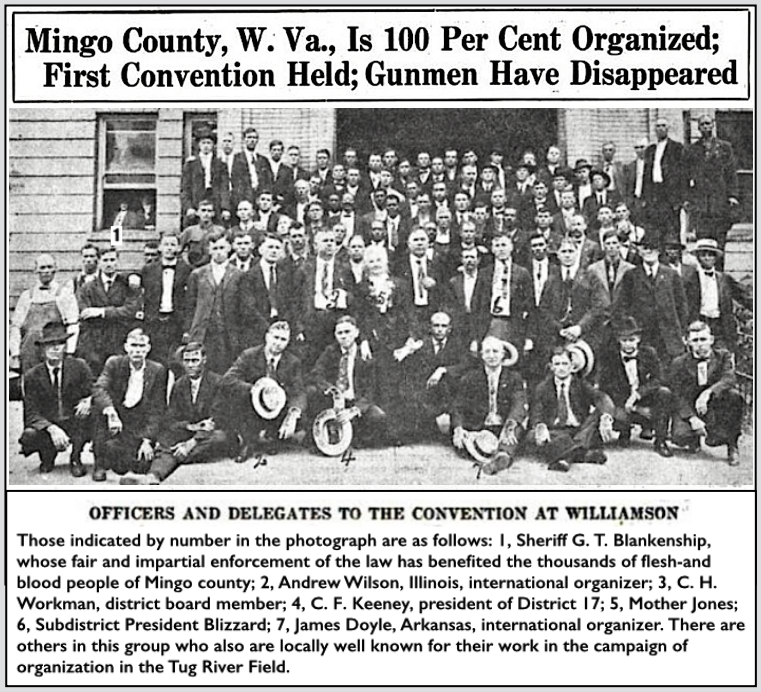
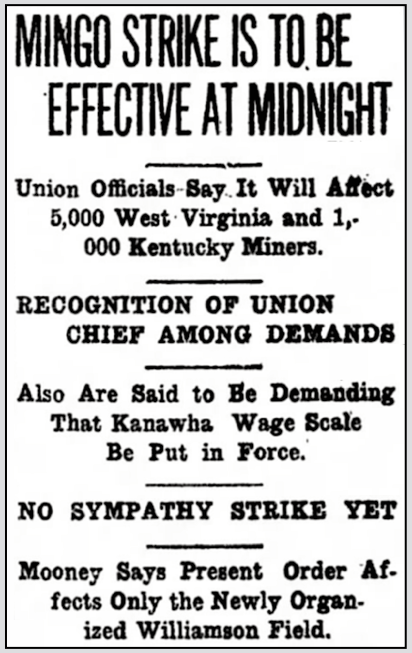
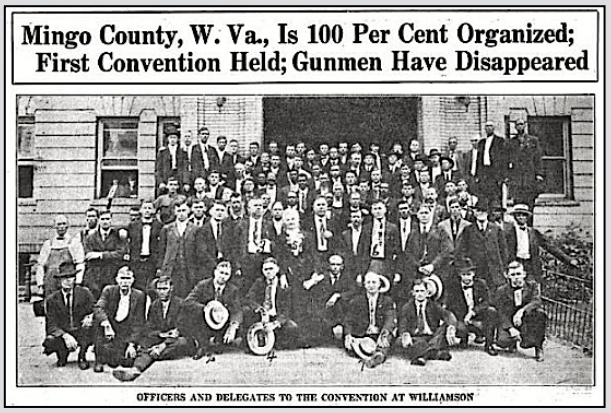
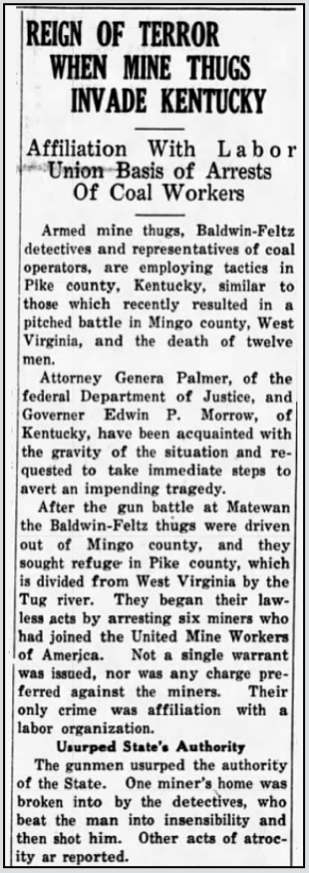
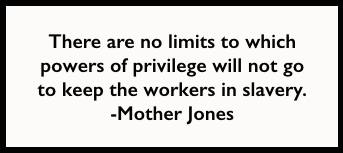 ———-
———-
 ———-
———-